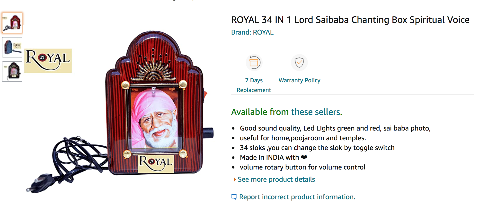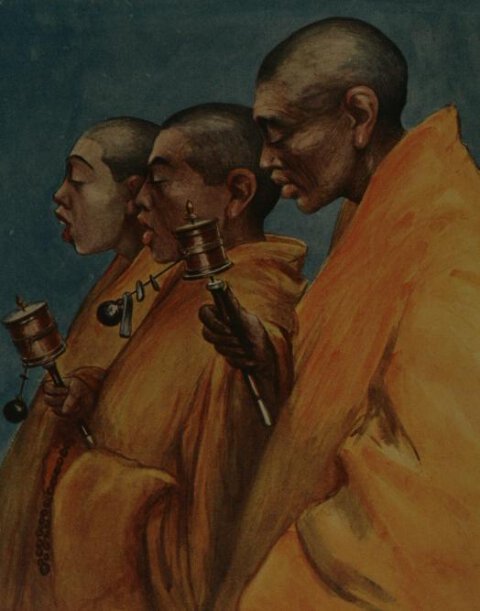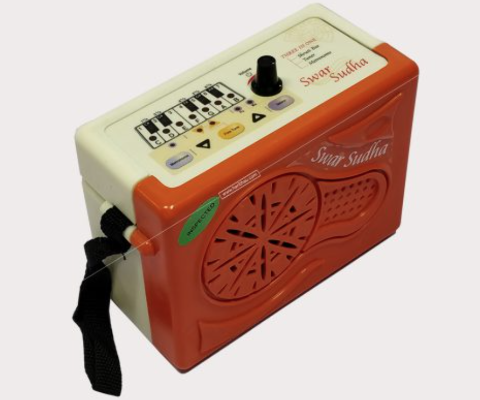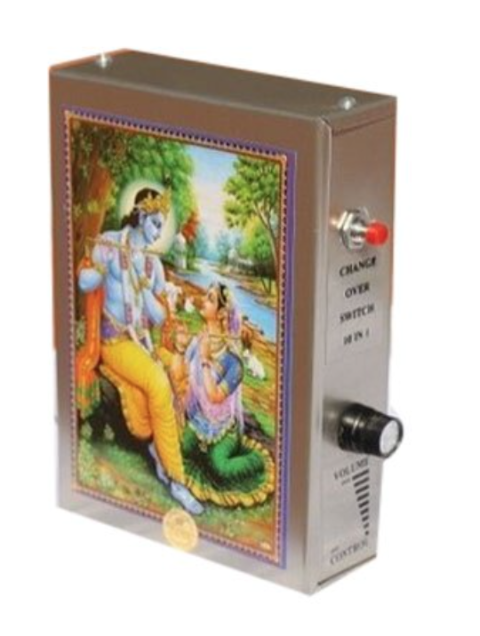19. Invention, intellectual property and income¶
Assignment: Develop a plan for dissemination of your final project prepare drafts of your summary slide (presentation.png, 1920x1080) and video clip (presentation.mp4, 1080p HTML5, < ~minute, < ~10 MB) and put them in your root directory
Presentation slide¶

Dissemination Plan¶
For my final project I am preparing a prototype V1.0 of an interactive mantra box.
More details on the origins, intention and design ideas behind this box can be found at my Final Project page.
There is a product dimension to the box as well as an interesting IP related dimension to it as well.
¶
Product Licensing¶
Attribution ShareAlike CC BY-SA
This license lets others remix, tweak, and build upon your work even for commercial purposes, as long as they credit you and license their new creations under the identical terms. This license is often compared to “copyleft” free and open source software licenses. All new works based on yours will carry the same license, so any derivatives will also allow commercial use. This is the license used by Wikipedia, and is recommended for materials that would benefit from incorporating content from Wikipedia and similarly licensed projects.
As a product, this chanting box is closely related to a series of chanting boxes already made in the country. As a product it is not a new concept and the only unique thing about it might be its design crossover - into a more westernized “mindfulness” market.
I had designed this product as a business concept initially - to be able to give people an option of a better designed, safer and transparent product that has a good upcycle value.
Another product in the Indian electronic audio market - the shruti box, usually used to provide the drone tone for classical music renditions. As such the design and manufacture of electronic instruments in India are rare and replace the analogue counterpart only if there is a clear use-case and affordability.
As a product, it would never have reached this prototyping stage without building on the intellectual capital of others.
While the share-alike license allows full remix and reuse of all product features, the attribute should be give to the creator as well as the stream of knowledge via the Fab Academy that has graced this product.
¶
An electronic Shruti box for classical music from Radel electronics
 screenshots of generic Mantra Boxes from amazon.com
screenshots of generic Mantra Boxes from amazon.com
¶
Content Licensing¶
This license allows for redistribution, commercial and non-commercial, as long as it is passed along unchanged and in whole, with credit to you.
However i am not interested in the credit part - as much as the need to maintain the integrity of the ancient spiritual chants and mantras as the idea is to “preserve” the sonic forms in a new medium.
The GLAM sector (Galleries, Libraries, Art Galleries and Museums) has been for several decades, trying to open up knowledge and culture to participation and enjoyment of citizens. I subscribe to this idea of opening up and remediating such cultural memory artefacts through new mediums - hence this electronic chanting box acts as a
Reuse of Heritage content for creative industry has been an active movement since decades already. Called the GLAM sector, it has been offering terrabytes upon terrabytes of top resolution content for creative reuse. This holds great potential for working with a product that integrates heritage, it can handle a massive diversity of material across the European cultural memory landscape.
Cultural and memory institutions - under multiple Creative Common licenses ( CC0, CC BY, CC BY 4.0, CC BY-SA, etc)
I am “reusing” here chants and mantras that are over one - two thousands years old.

who owns the Copyright for the Tibetan Pray Wheel ? - source: wiki
Why a product and not a hobby project?¶
With this “mantra box” device, I would like to focus on three conscious aspects.
- A semiotic level of detail & resolution in design
On a semiotic level, it makes people conscious of an ecological mindset, introduction of a cybernetic approach, and a easy transition merging the traditional, non linearity of radio with the interactive inter-personal degrees of freedom of an interactive device.
- Community level sustainability
Whenever we talk of environmental or societal impact - we tend to ignore the behavioural patterns & desires inherent in communities - especially in sustaining a particular course of action. Instead we tend to amplify the means to and end, as an end in itself. So I would not want the “fab”/fabrication or the ideology to be at the forefront, but quietly propping up from the backend. What this essentially means is that - the materiality, process, tools and mindset should be a byproduct of the natural inertia generated from the use, making, engagement and possible reuse of this product at the community level.
- Awareness-raising features
Features aggressively counter-pointed to features that invoke surveillance capitalism, data mining, people as product that seem to be de-facto means of monetization in the digital world today - with legal, moral, political issues left too far behind. Through the product, one also gets nudged about our human rights to winning back freedom and democracy (nudging).
- Lean Back w/ a dash of Lean Forward
A lean-back interactive experience are cognitive heuristic behaviour afforded by products such as Spotify, Alexa, Deezer, Television, Radio, bass guitar and so on. Minimal or Remote interaction and the experience is “in the background”. This is contrasting with “lean forward” experiences, such as your laptop, social media, frying pan, electric guitar and so on.
The mantra box is in its essence a lean back device such as Alexa during its prime use case - however might be conceptualized as a lean forward device during brief interactive moments or engaging with the transparency features, dis-assembly and upgrade / reuse of the components in the device.
- Adaptive to cultural contexts without being pretentious
There has been a no. of products occupying the new age spiritual vibe space. This includes products as strange and culturally distorted ludicrousness such as Gwyneth Paltrow’s Goop Yoni Eggs
I have recently been interested a lot on the economics theory as well as how a product or an idea shapes into a formidable force in the market. For me, the market is not just the valuation and stock exchange but culmination of quite critical forces that shape how human beings shape their entire lives around. During the current pandemic, one can easily see how human lives are affected by economics as not a grand theory but at a very fundamental level of human interdependency translated as an exchange value.
When starting with the idea of a mantra box, and previous experience as entrepreneur, there are a few things fundamental to “startups” : market uncertainties, technological uncertainties and supply uncertainties [[id]: url “title”]: url “Technology, Innovation and Entrepreneurship part 3 by Patri Venuvinod” - and it seems with all such electronic entrepreneurship - it boils down to identifying risk and a process of managing it.
Such risks according to the same book can be of following categories: Human, Operational, Demand Disruptions, Reputational, Procedural, Project, Financial, Regulatory,, Managerial, Technical, Natural, Political, Marketing, Sourcing and ..Others.
IF then a “go to market strategy” - Kickstarter & Startup funding¶
Two ideas to raise funding for the Chanting Box market:
- Apply for Startup Funding via Business Finland. Here I could start by evaluating the business potential of this audio object.
- Generate interest on Kickstarter for phase two of this product.
Kickstarter is an interesting and quite good platform for artistic and creative products.

